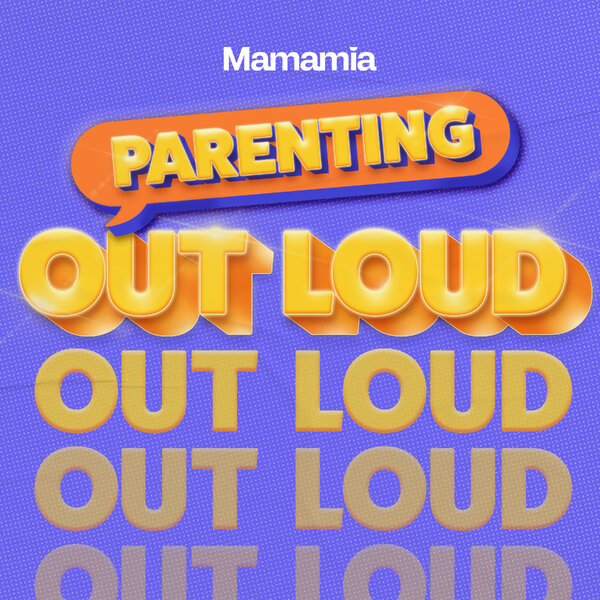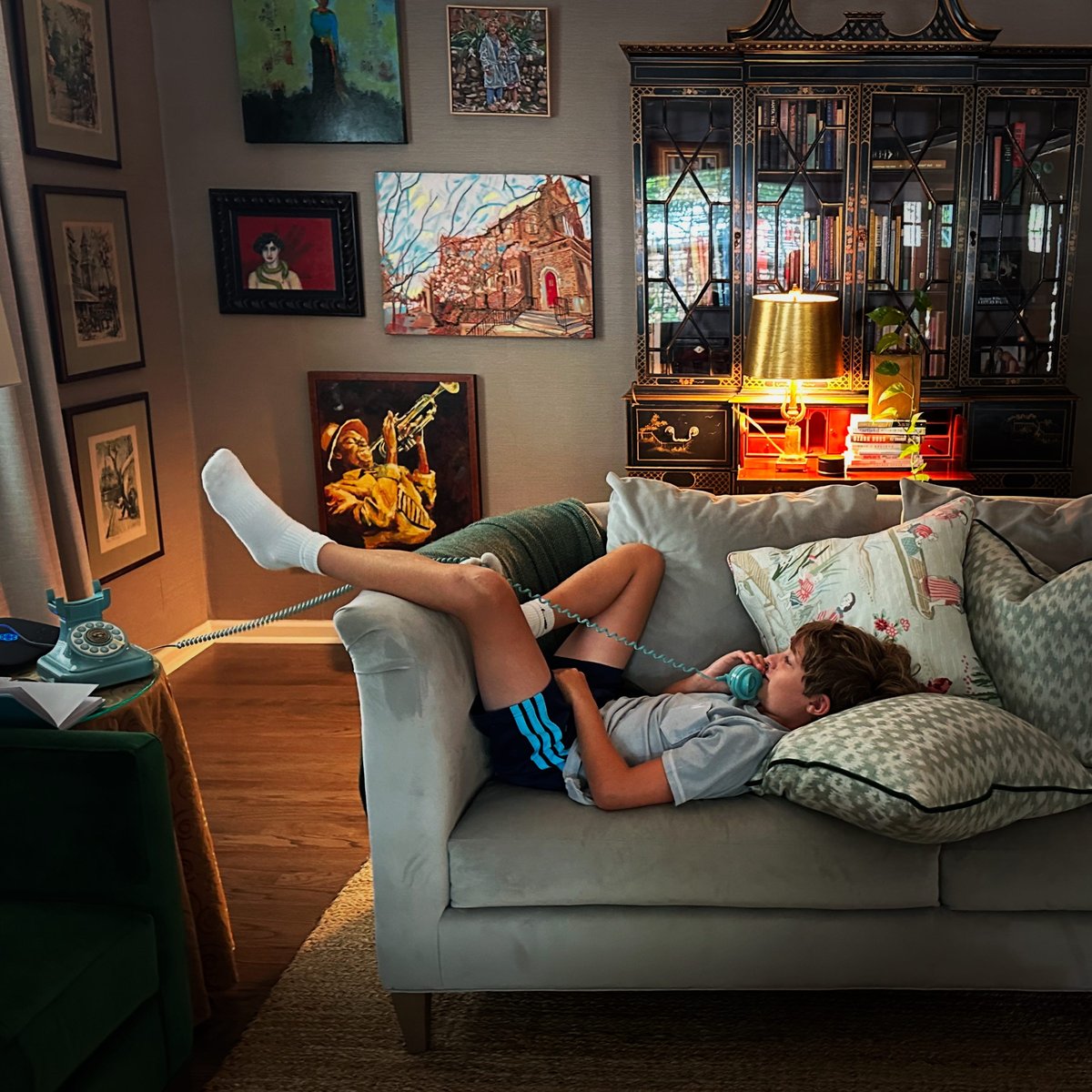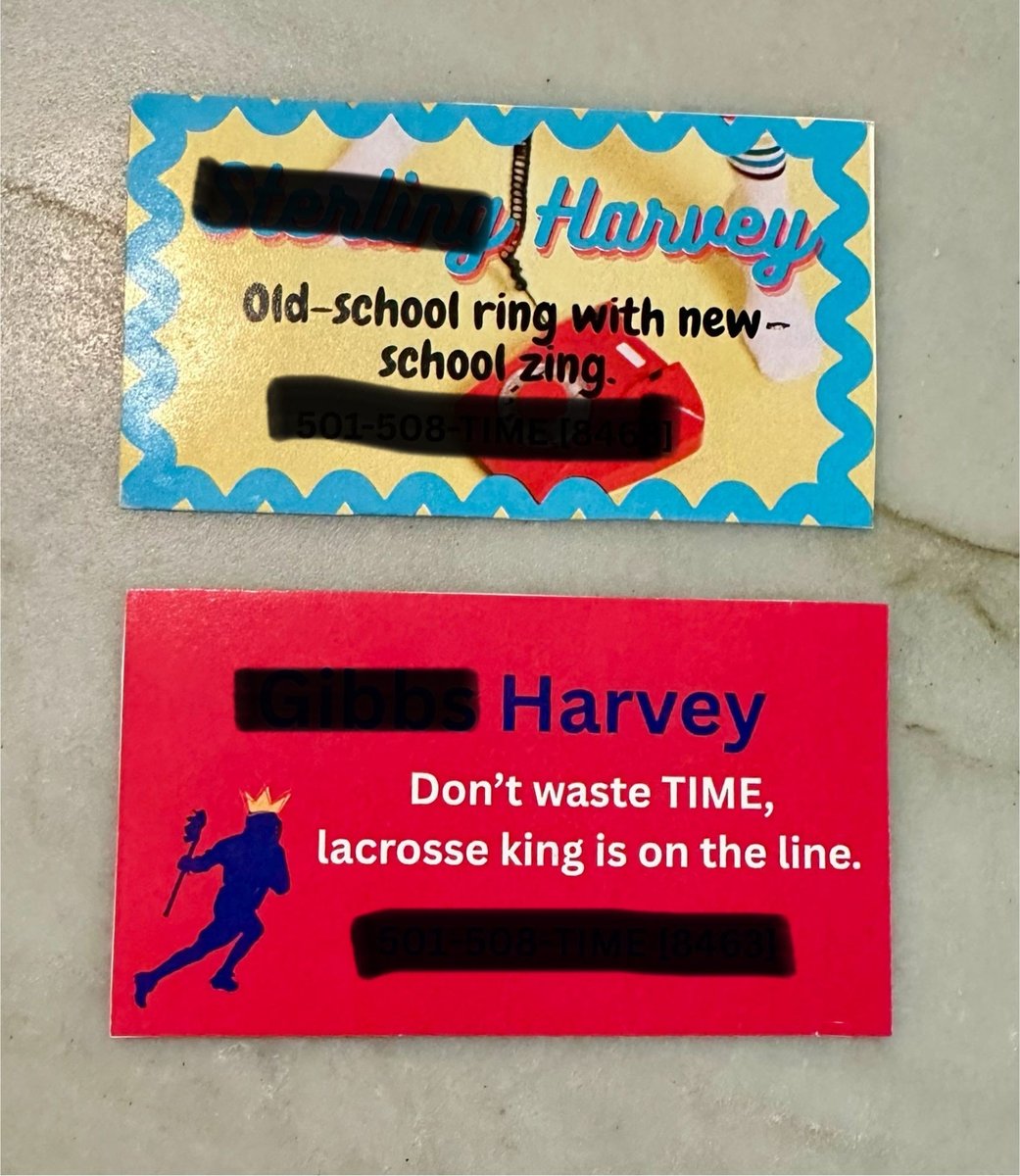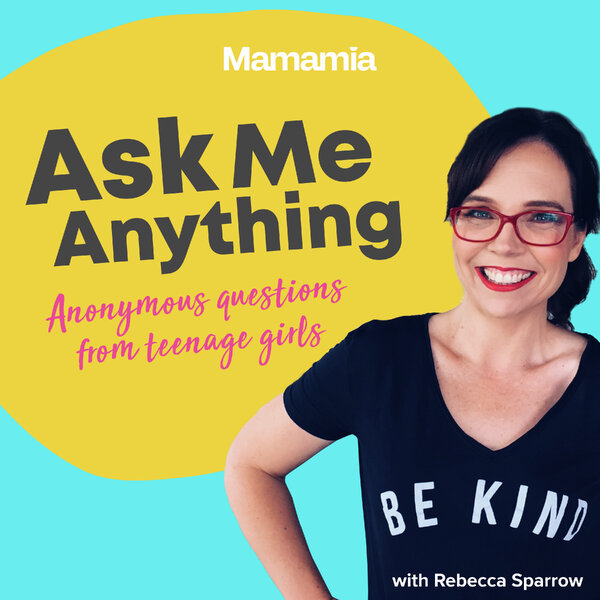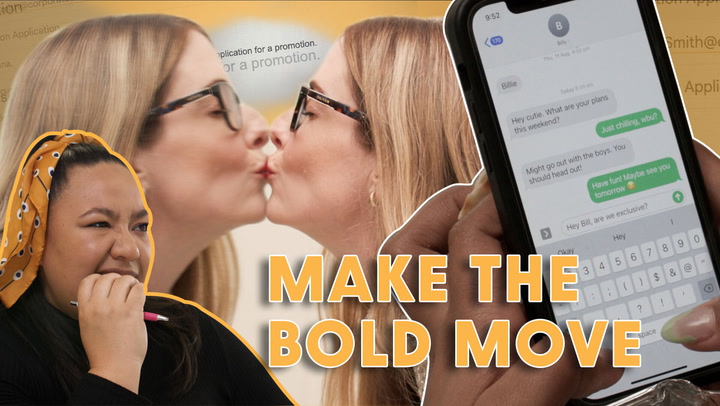
This article was originally published in the substack Living The Questions. It has been republished here with permission.
I shared a Note and photo on Substack that unexpectedly garnered over 25,000 likes and counting. I mentioned that we'd bought an old-school phone to keep our kids off smartphones and included a picture of my son sprawled on the couch, a corded phone pressed to his ear, chatting with his grandmother.
I mention the number not to boast, but because I believe it points to something bigger that this picture tapped into. There is a hunger for the lost days of phone cords and real conversations. Judging by the thousands of comments and restacks, something inside many of us remembers that this way of connecting is better.
We lost something sacred when we stopped talking to our family and friends and started scrolling instead. And now our children are missing out on some of what made our childhoods so special.
That photo churned up so much nostalgia — but also raised lots of questions, mainly: How did we do it? And how did we get buy-in from our kids?
The truth is, it's been a long and sometimes difficult and very deliberate process.
We all know unrestricted access to screens isn't good for kids — the research and studies are clear. And yet, we see it everywhere: endless scrolling, kids sitting side by side staring into their phones without speaking, and the growing tension and anxiety that come from being constantly "connected" and performing online. My husband and I saw what was happening and set out to do things differently with our kids.
